The Best Time to Visit Yala National Park in Sri Lanka
Discover the ideal times to visit Yala National Park for the best wildlife experiences. Learn about seasonal variations, weather patterns, and the peak months for safaris.
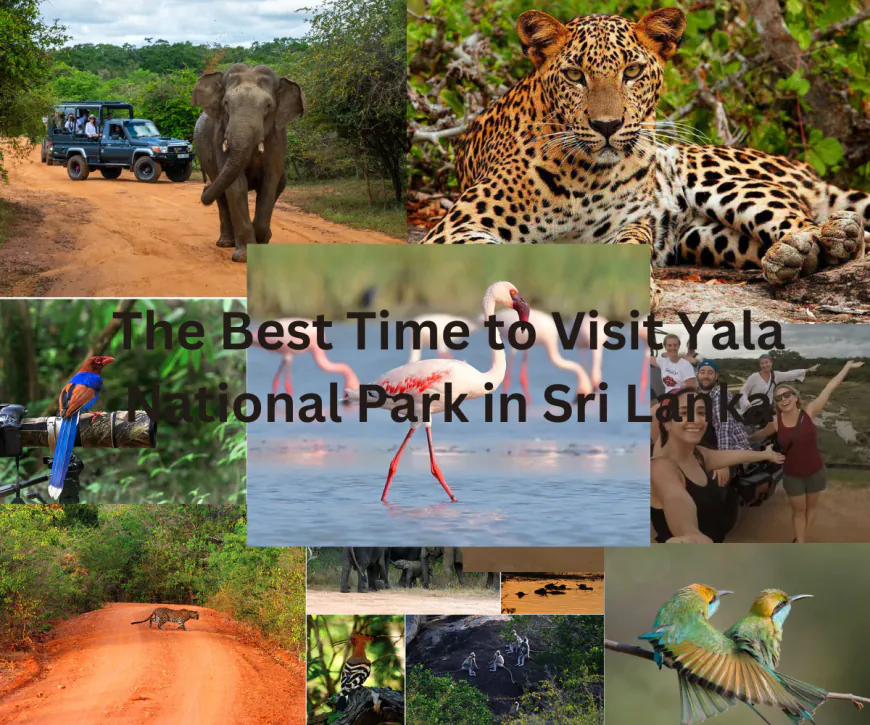
-
Introduction
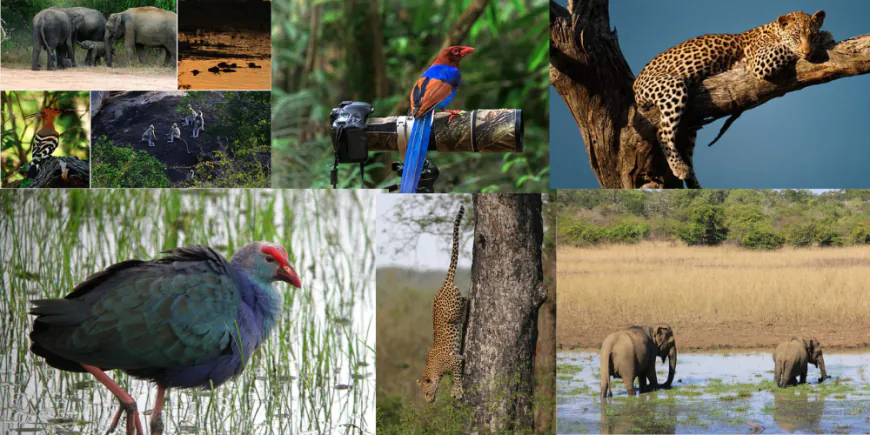
Yala National Park is one of Sri Lanka's iconic wildlife sanctuaries, famed for its vibrant biodiversity and one of the world’s highest densities of leopards. The best times for wildlife sightings are generally January to August and November to December, when water scarcity draws animals to specific waterholes, enhancing viewing opportunities.
-
Sri Lanka's Wildlife Jewel
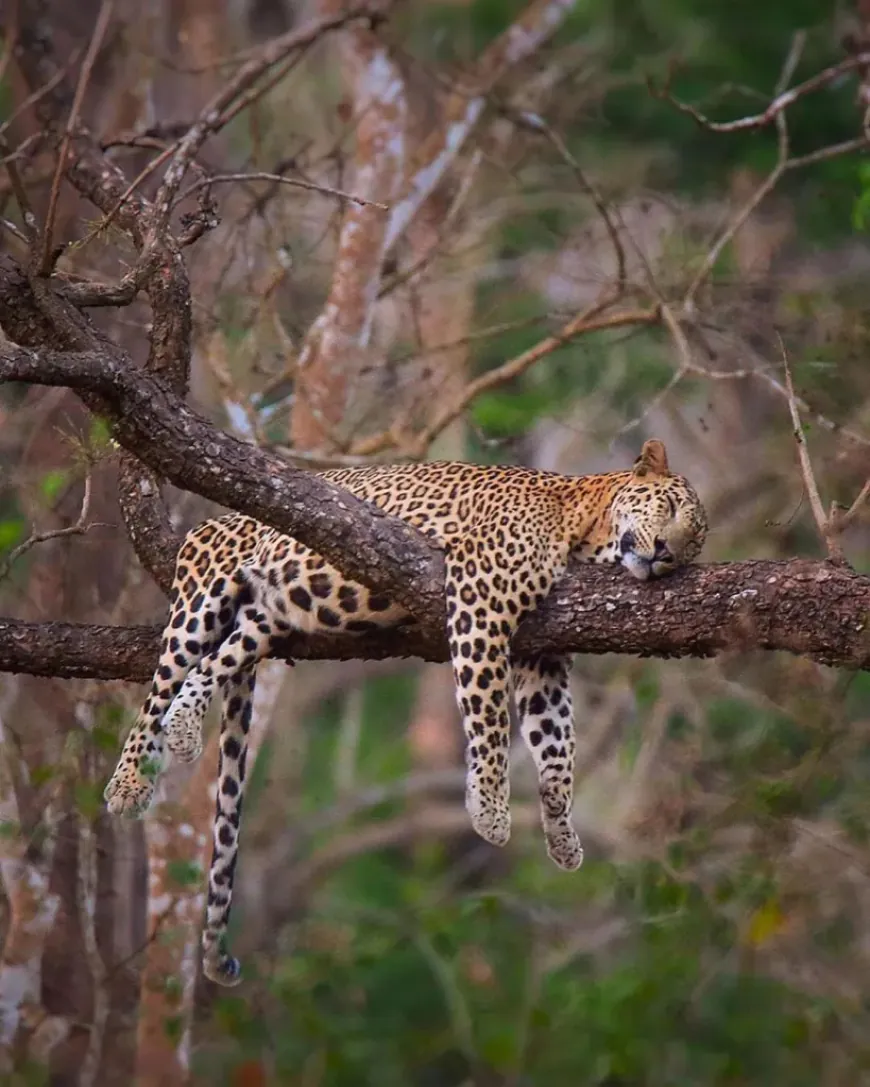
Located in southeastern Sri Lanka, Yala National Park spans over 979 square kilometers, making it the country's second-largest and most visited park. Yala’s varied ecosystems include monsoon forests, grasslands, and coastal zones along the Indian Ocean, supporting a wide variety of wildlife species, including 44 mammals and 215 bird species. The park is divided into five blocks, two of which are open to the public, with Block 1 being particularly renowned for its leopard population.
Yala also holds cultural and religious significance, home to ancient ruins and Buddhist sites like Sithulpahuwa and Magul Vihara, which offer glimpses into the region's deep historical roots.
-
Seasonal Visitation Guide
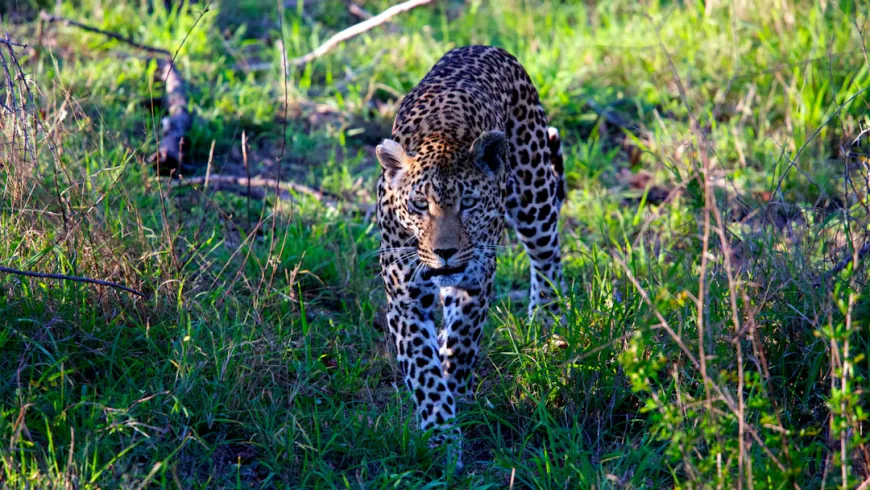
Choosing the right season to visit Yala can make a big difference. Here’s a quick breakdown of the park’s seasonal rhythms:
- Dry Season (May to August): Wildlife congregates at waterholes, making sightings easier. Tourist numbers increase during European summer holidays in July and August.
- Transition Period (September to October): The park usually closes for rejuvenation in September, reopening in October when crowds are light, and landscapes begin to green.
- Wet Season (November to January): Heavy rains bring migratory birds and lush greenery, perfect for birdwatching.
- Peak Tourist Season (December to April): Cool mornings in January and February make this a popular time, with high chances of leopard sightings basking in early sun.
- Inter-Monsoon Period (March to April): A mix of sun and rain; great for elephant herds and birdwatching.
-
Wildlife Viewing Hotspots
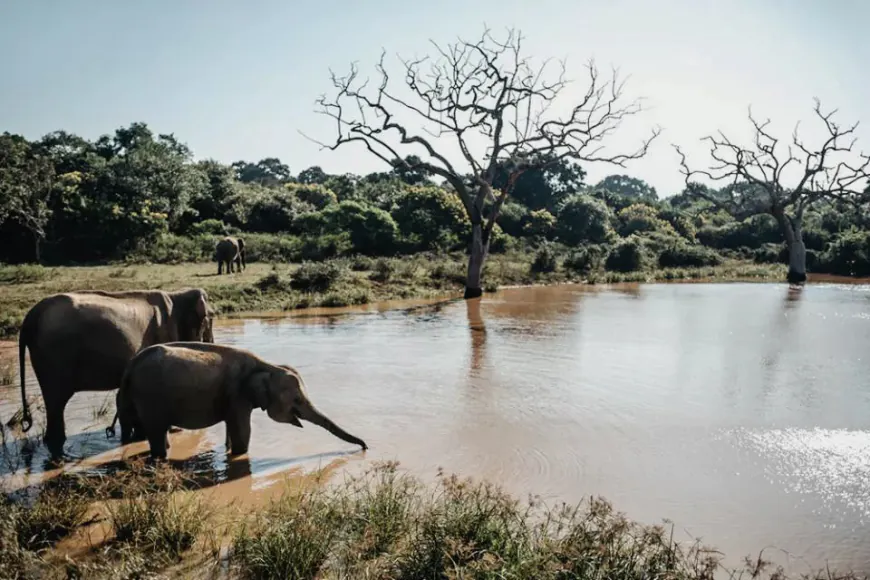
Each season brings a unique opportunity for wildlife encounters. Here’s a look at some of the best times to spot Yala’s iconic animals:
Aspect Best Time for Sightings Safari May - August Peak Wildlife Activity Mid-April - end of August Leopard Sightings March - October Sloth Bear Activity May, June, July Birdwatching November - April Elephant Sightings May - September The dry season (May to August) is particularly good for wildlife, as lower water levels bring animals closer to water sources. Leopards are most active from March to October, while sloth bears are drawn to fruiting trees from May to July. For birdwatchers, the monsoon season attracts migratory birds, adding diversity to Yala’s avian population.
-
Off-Season Perks
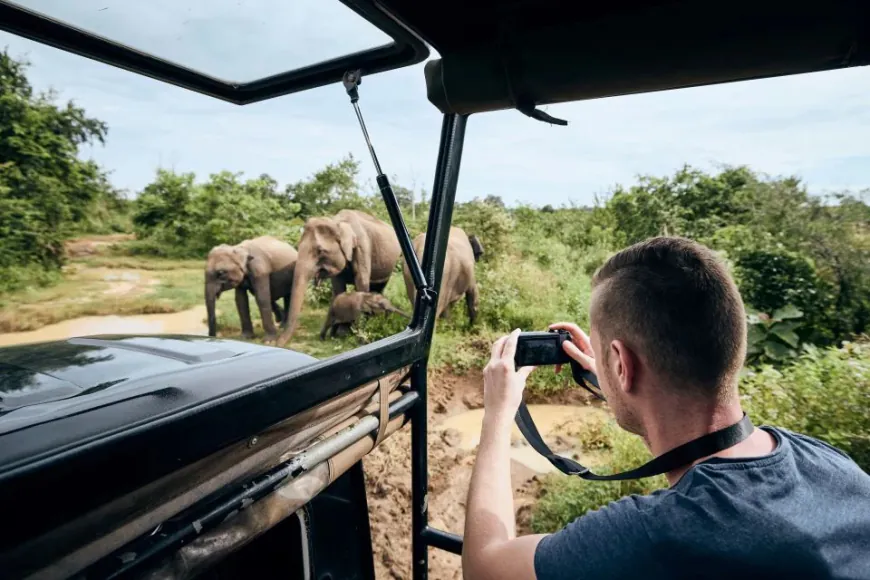
Visiting Yala during the off-season provides advantages for those seeking a more peaceful experience:
- Reduced Crowds: From November to January and May to June, visitor numbers are lower.
- Budget-Friendly: Lower accommodation and safari rates.
- Unique Ecology: Lush landscapes and migratory birds in the wet season.
- Park Rejuvenation: Just after its September closure, the park’s landscape is fresh and thriving.
- Wildlife Peacefulness: Fewer tourists mean more natural animal behavior.
Off-Season Period Benefits November - January Lower prices, lush landscapes, great for birding May - June Dry conditions with fewer tourists September - October Park rejuvenation, unique ecological experiences The off-season offers unique advantages, such as reduced crowds and lower prices, particularly in May-June and November-January. With fewer tourists, wildlife is less disturbed, leading to more natural behaviors. In September, the park closes for rejuvenation, offering a refreshed environment in late September or early October.
-
Seasonal Climate Fluctuations
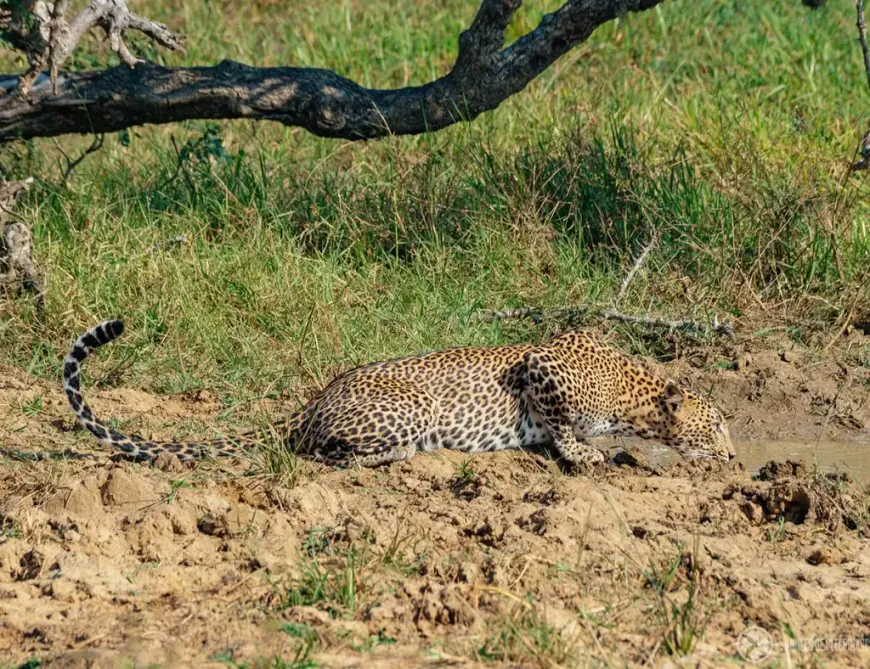
Yala’s climate shifts through monsoon and dry seasons, affecting temperatures and rainfall patterns:
Season Months Rainfall Temperature Range Northeast Monsoon Nov - Feb High rainfall 28°C - 34°C Inter-monsoon Mar - Apr Showers 30°C - 36°C Dry Season May - Aug Minimal 30°C - 37°C Inter-monsoon Sep - Oct Light rain 28°C - 34°C The dry season concentrates animals around waterholes, perfect for wildlife viewing. During the Northeast monsoon, the park flourishes with migratory birds and verdant landscapes.
-
Seasonal Packing Essentials
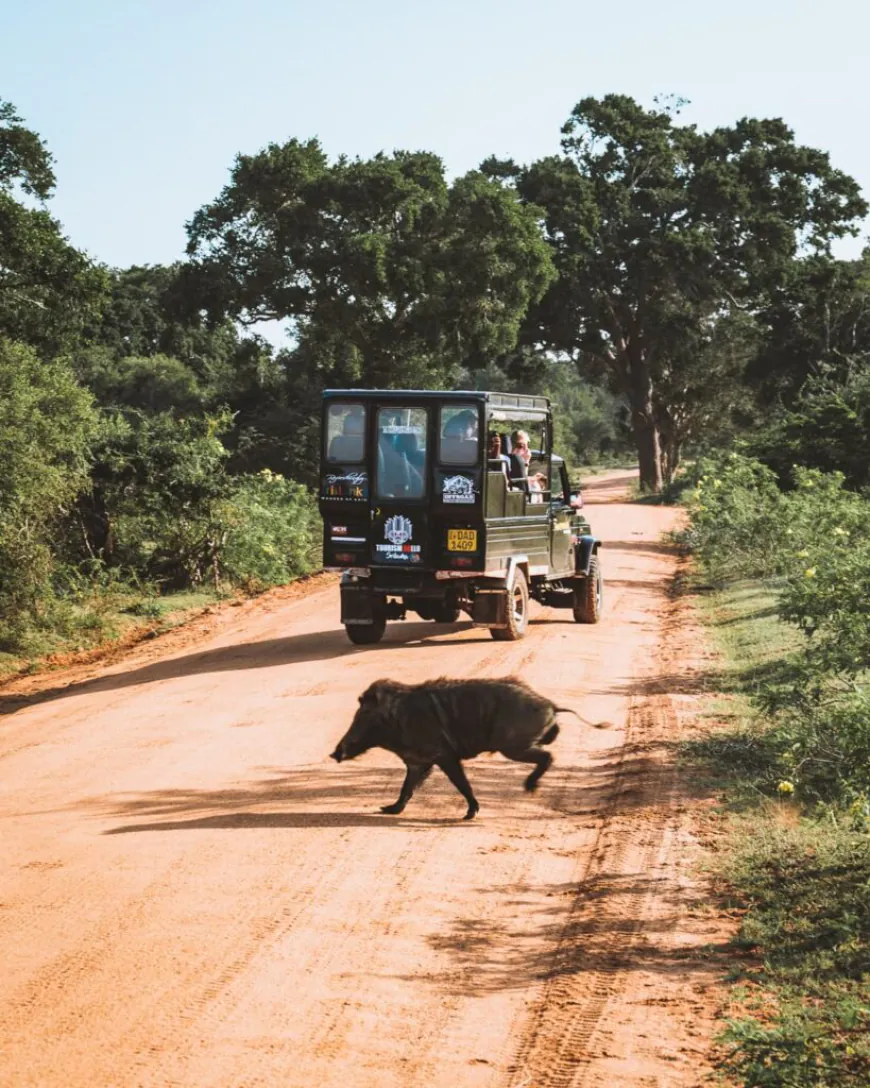
- Dry Season (May - August): Lightweight, neutral clothing; sunscreen; a wide-brimmed hat; comfortable shoes; and a reusable water bottle.
- Wet Season (November - January): Quick-drying clothing, rain jacket, insect repellent, waterproof bags for electronics, and leech socks.
- Year-Round Essentials: Binoculars, first-aid kit, warm layers for early mornings, snacks, and cash for fees and tips (ATMs are rare near the park).
To ensure a smooth experience, book safaris and accommodations well in advance, particularly during peak season.
-
Tailored Visit Planning
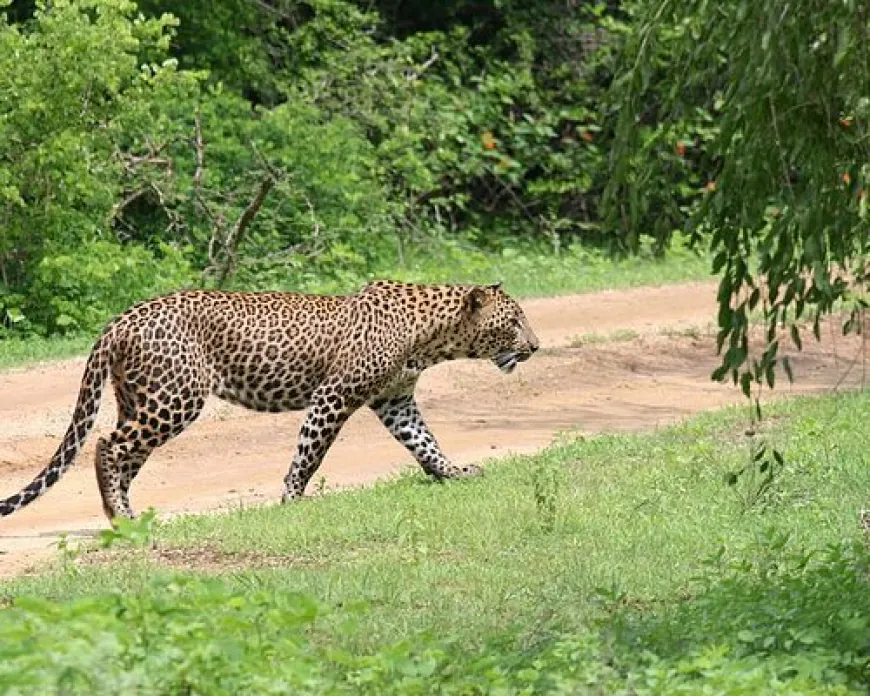
Yala’s varied experiences align with different wildlife interests and crowd preferences:
- For leopards: Dry season, March to October.
- For birdwatchers: November to April.
- For elephants: May to September.
- To avoid crowds: May-June and November.
- For budget-conscious travelers: Off-seasons in November and May-June offer lower rates.
Each season offers unique advantages, so consider your primary interests—whether wildlife sightings, birdwatching, or seeking quieter times. The park’s diverse ecosystems guarantee a fulfilling experience year-round.
-
Frequently Asked Questions
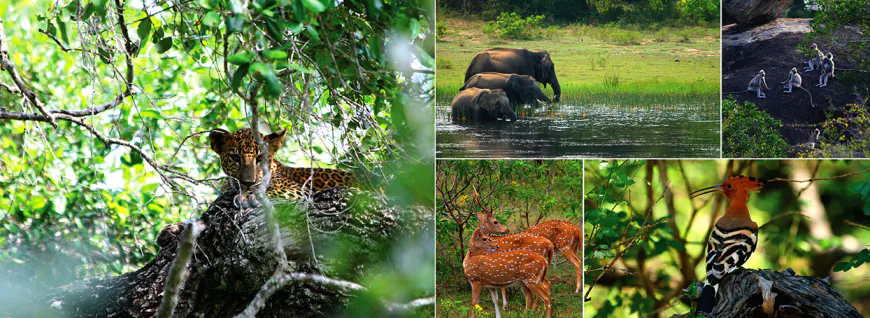
What are the park's opening hours?
Yala National Park opens for safaris twice daily, from 6 AM to 9:30 AM for morning safaris and from 2 PM to 6 PM for afternoon safaris.Do I need a guide to visit Yala National Park?
While not mandatory, hiring a guide is highly recommended. Guides are skilled at spotting wildlife and understanding animal behavior, and they often speak English, which most drivers may not.What is the best time of year to visit Yala National Park?
February to June, the dry season, is ideal for visiting Yala. During this time, wildlife tends to gather around water sources, improving viewing opportunities.Are there accommodation options inside the park?
Yes, accommodations range from budget-friendly lodges to luxurious glamping experiences both within and near the park. Prices vary widely from around $5 to $700 per night, depending on the level of luxury.Is Yala National Park open year-round?
Yala is open year-round, except in September, when it usually closes for maintenance.What animals can I expect to see in Yala?
Yala is renowned for its diverse wildlife, including leopards, elephants, sloth bears, crocodiles, and numerous bird species. However, sightings are not guaranteed, as animals roam freely in their natural environment.Are there any cultural sites within Yala National Park?
Yes, Yala has significant cultural sites, including the ancient Sithulpawwa Temple, which offers panoramic views of the surrounding landscape.What should I wear on a Yala safari?
Comfortable, lightweight clothing in neutral colors is recommended to avoid disturbing wildlife. Closed-toe shoes are advisable, especially for bush walks.Can I camp inside Yala National Park?
Yes, there are designated camping sites within the park. Camping requires a permit and advance planning to ensure safety and preparation.Are there any specific rules I should be aware of when visiting Yala?
Key rules include no feeding of animals, no littering, no alcohol within the park, and no flash photography. Electronics should be used with caution, and visitors must leave the park before dark. -
Connect With Yala
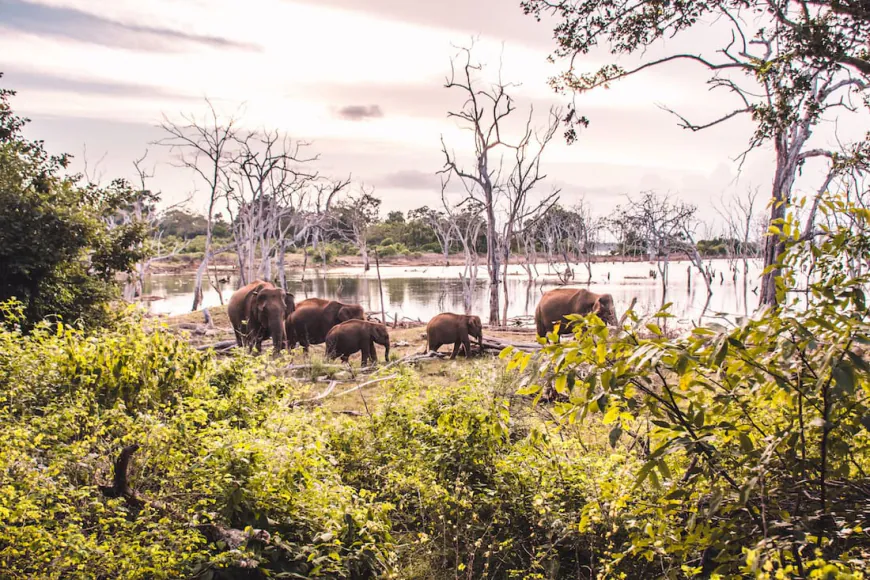
Enhance your Yala experience by staying informed, engaged, and part of a community dedicated to conservation and sustainable tourism. Here’s how to connect:
1. Get Expert Advice
Have questions about your visit? Reach out to our team for personalized assistance.
Email: [email protected]
Phone: +94 723 456 7262. Stay Updated
Join our newsletter for the latest news, exclusive wildlife sightings, and special offers. Be the first to know about seasonal highlights and upcoming events.3. Share Your Experience
We’d love to hear from you! Share your stories and photos from Yala on our blog or social media channels. Your experiences help inspire future visitors and promote the beauty of this incredible park.4. Spread the Word
Help others discover Yala's wonders! Share our articles and updates with fellow nature lovers, friends, and family.5. Plan Your Visit
For official information on park guidelines, booking, and visitor updates, visit our website. We provide all the resources you need to prepare for a seamless experience.By connecting with us, you’re not just planning a trip — you’re becoming part of the Yala community. Your involvement supports the conservation of Yala's ecosystems and helps promote responsible tourism.
Connect with us today and start your Yala journey!
What's Your Reaction?








































